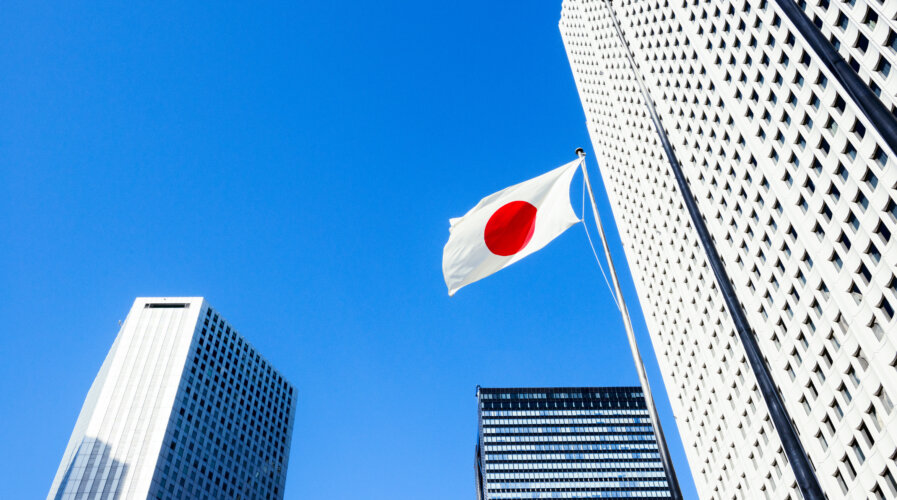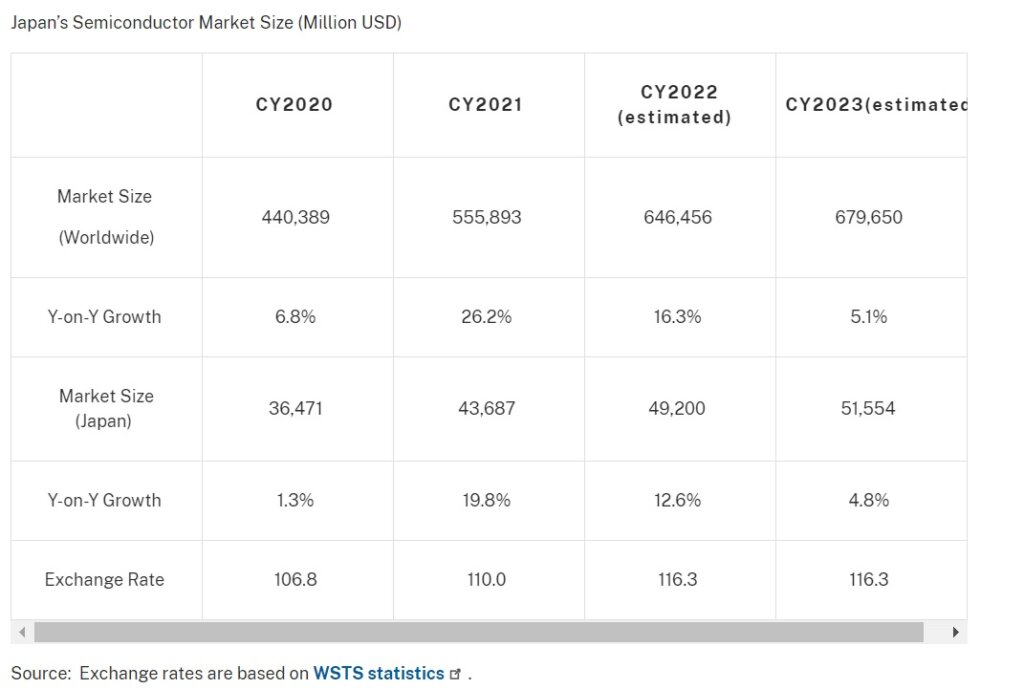
Japan allocates US$7 billion for chip gear spending in 2024, the most significant hike in the worldSource: Shutterstock
Japan allocates US$7 billion for chip gear spending in 2024, the most significant hike in the world
- According to data from SEMI, Japan said it intends to spend 82% more next year on chip equipment, the largest increase in the world.
- The aggressive investment complements a US push to reconfigure global chip supply routes and sources.
- China has also attempted to dissuade Japan from imposing big curbs on exports of semiconductor manufacturing equipment.
In the 1980s, Japan was the world’s largest chip producer, accounting for over 50% of global semiconductor production. Then came the early 2000s when Japan faced challenges in shifting business models from traditional vertical integration (IDM) to horizontal division of labor (fabless/foundry). Its failure to catch up has led to its downfall in the global chip supply chain, leaving Japan to account for only 9% of the world’s semiconductor production.
Fortunately, despite no longer being the world’s largest semiconductor market, Japan still maintains a high market share and international competitiveness in product groups such as memory (especially NAND), sensors (especially CMOS image sensors), and power semiconductors.
According to the International Trade Association on November 2022, Japan’s approximate share of the global supply of semiconductors and related equipment stands at;
- Semiconductor Chips (Logic, Micro, Memory, Analog) 6%
- Semiconductor Manufacturing Equipment 35%
- Semiconductor Materials 50%

Japan’s Semiconductor Market Size (Million USD). Source: International Trade Association
Given that since the pandemic the world began shifting its focus toward the semiconductor industry, Japan too began leveraging its position to woo major chipmakers such as Taiwan Semiconductor Manufacturing Co. and South Korea’s Samsung Electronics Co. After the announcement that Japan will be tightening its grip on crucial equipment, the country announced its intention to hike up expenditure on chip gears for next year.
Japan plans to spend US$7 billion on fab equipment next year, which would mark an 82% jump from this year — the largest in the world — according to data from SEMI, a global association of chipmaking equipment producers. Its aim is simple, to boost its position in the worldwide semiconductor market.
For context, China is forecasted to increase its expenditure by a mere 2%, and Japan’s total amount would even be higher than the combined spending of the Europe and Mideast markets. However, it is fair to note that Taiwan remains the largest spender — US$24.9 billion expected in 2024 — on chip-fabrication equipment. Japan’s move to increase spending by 82% is part of its ambitious program to bring back cutting-edge semiconductor manufacturing, a field ceded to Taiwan, South Korea, and China nearly 20 years ago.
The aggressive investment complements a US push to reconfigure global chip supply routes and sources. Last week, Tokyo said it would expand curbs on shipments of 23 types of cutting-edge chipmaking tools, including extreme ultraviolet mask-testers, immersion lithography machines, and silicon-wafer cleaners.
The restrictions came as part of a deal with the US and the Netherlands, although Japan has been careful not to refer publicly to the agreement between itself, the US, and the Netherlands. It seems like the export controls will affect a more significant number of Japanese companies than previously expected and require producers of high-end equipment to obtain licenses for all regions.
That would give the Japanese authorities oversight of machinery sales to countries that could produce high-end chips for military use in China and elsewhere. Various reports also indicate that a significant number of Japanese companies depend on China for a large part of their growth.
When Japanese foreign minister Yoshimasa Hayashi recently visited China — the first such trip to China’s capital by a top Japanese diplomat in more than three years, his Chinese counterpart Qin Gang was also present. Qin told Hayashi that the US had in the past tried to “brutally suppress” Japan’s semiconductor industry and was now “repeating its old tricks” against China.
“Don’t do to others what you don’t want others to do to you,” Qin said, according to a statement published on China’s foreign ministry website on Sunday. The “blockade” would “only stimulate China’s determination to become self-sufficient,” he added. Please use the sharing tools found via the share button at the top or side of articles.
Even with the Netherlands, China has sought to discourage them from participating in the deal. Tan Jian, the Chinese ambassador to the country, warned of “consequences” if it went ahead with restrictions.
Pressure from Beijing over the restrictions was also noticeable when the Cyberspace Administration of China, the sector’s regulator, launched a review into imports from the US-based chipmaker Micron Technologies on the grounds of “national security.”
READ MORE
- 3 Steps to Successfully Automate Copilot for Microsoft 365 Implementation
- Trustworthy AI – the Promise of Enterprise-Friendly Generative Machine Learning with Dell and NVIDIA
- Strategies for Democratizing GenAI
- The criticality of endpoint management in cybersecurity and operations
- Ethical AI: The renewed importance of safeguarding data and customer privacy in Generative AI applications


